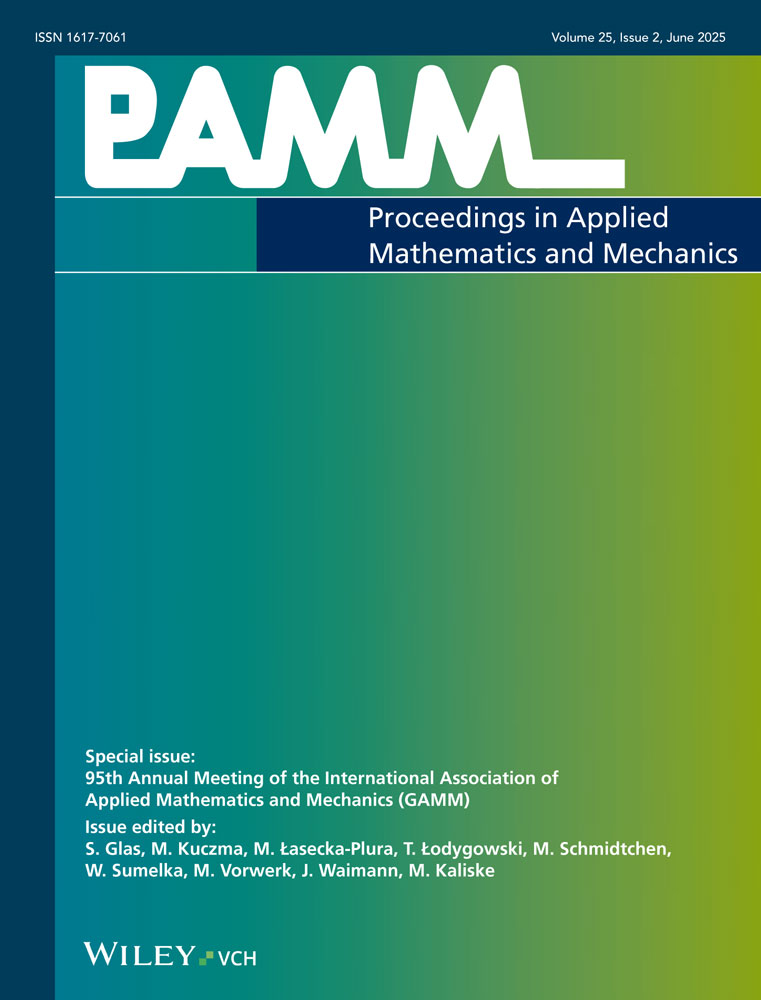Modelling thermoplastic material behaviour of dual-phase steels on a microscopic length scale
Abstract
On a microscopic length scale dual-phase steels exhibit a polycrystalline microstructure consisting of ferrite and martensite. In this work a material model for the temperature dependent hardening behaviour of the ferritic phase is presented. As the dislocation structure determines the resistance to dislocation glide, dislocation densities are introduced as state variables to capture the dependence of the material behaviour on the loading history. Motivated by the elementary processes of multiplication by the Frank-Read-mechanism and annihilation by cross-slip, evolution equations for the dislocation densities are introduced. Based on the interaction of dislocations on different slip systems and the Peierls-stress, the resistance to dislocation motion with its temperature dependence is formulated to describe the hardening behaviour. (© 2015 Wiley-VCH Verlag GmbH & Co. KGaA, Weinheim)




